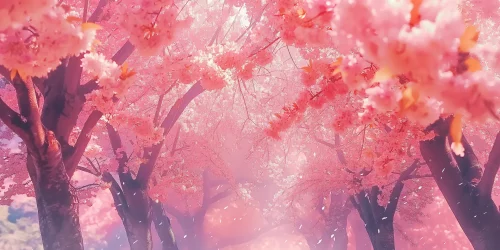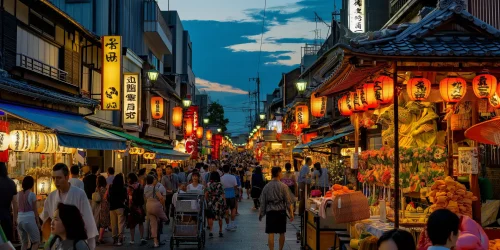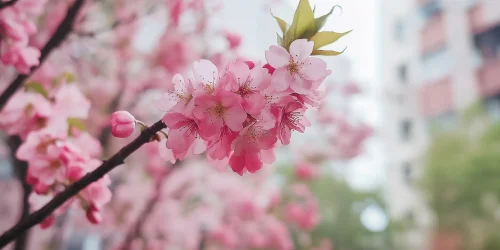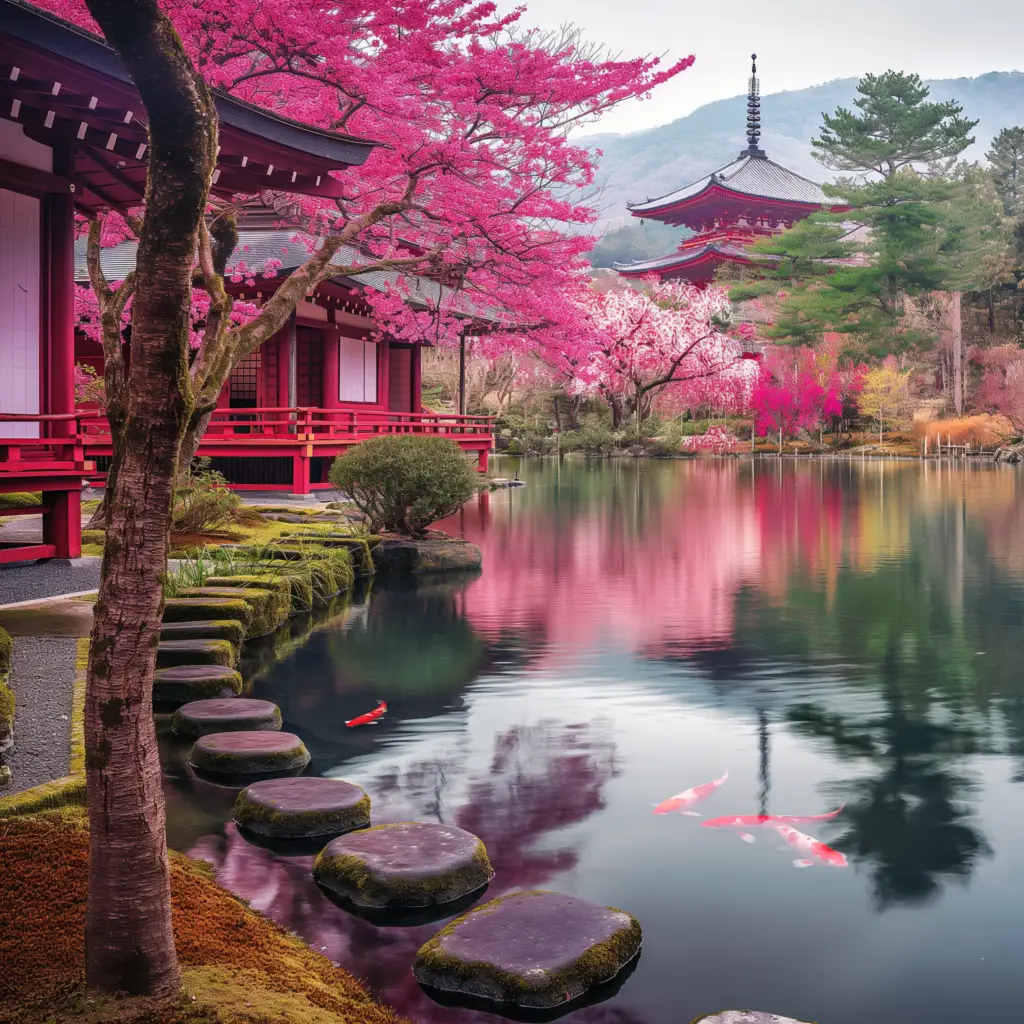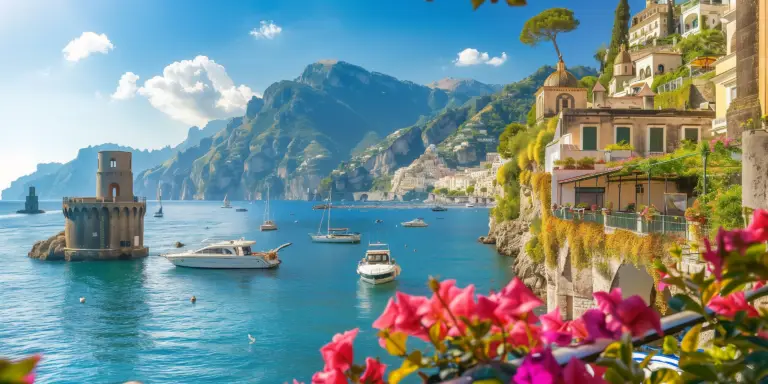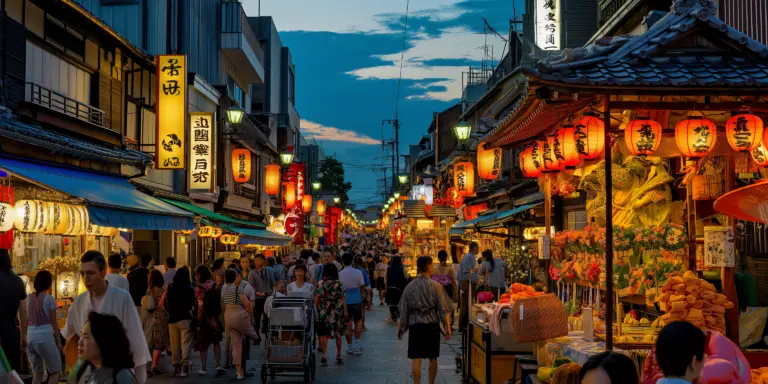Kyoto is a captivating city that beautifully blends ancient traditions with modern living. Located in the Kansai region of Japan, Kyoto is just a short train ride from Osaka and Nara. As a first-time visitor, you’ll find yourself immersed in a rich tapestry of history, culture, and natural beauty. Once the capital of Japan for over a thousand years, Kyoto is renowned for its well-preserved temples, traditional wooden houses, and stunning gardens. The city boasts over 1,600 Buddhist temples and 400 Shinto shrines, many of which are UNESCO World Heritage Sites. Kyoto’s landscape is dotted with beautiful gardens, imperial palaces, and traditional tea houses, making it a must-visit destination for anyone interested in Japanese culture and history.
Temples and Shrines
Fushimi Inari Taisha is one of Kyoto’s most iconic sites. Famous for its thousands of vermilion torii gates, this shrine dedicated to the Shinto god of rice and agriculture is a must-visit. The pathway winds through the forest of Mount Inari, offering a picturesque and tranquil hiking experience.
Kinkaku-ji (Golden Pavilion) is another highlight. This Zen Buddhist temple, covered in gold leaf, reflects beautifully in the pond that surrounds it, especially in the late afternoon light. It’s one of the most photographed sites in Kyoto, and for good reason.
Kiyomizu-dera offers not just historical significance but also breathtaking views of Kyoto. The wooden stage that juts out from the main hall is particularly stunning during the cherry blossom and autumn foliage seasons.
Cultural Experiences
In the Gion District, you can experience traditional Japanese culture up close. Known for its geisha and teahouses, a walk through Gion’s narrow streets, lined with wooden machiya houses, feels like stepping back in time. If you’re lucky, you might spot a geiko (Kyoto dialect for geisha) or maiko (apprentice geisha) on their way to an engagement.
Nishiki Market, also known as “Kyoto’s Kitchen,” is a great place to explore local cuisine. The market spans five blocks and is filled with vendors selling everything from fresh seafood and produce to Kyoto’s specialties like yuba (tofu skin) and tsukemono (pickled vegetables).
Natural Beauty
Arashiyama Bamboo Grove is a mesmerizing sight with towering bamboo stalks that create a unique and tranquil atmosphere. Nearby, the Arashiyama Monkey Park Iwatayama offers a chance to see wild monkeys and enjoy a panoramic view of Kyoto.
Philosopher’s Path is a scenic walk along a canal lined with hundreds of cherry trees. It’s especially beautiful during cherry blossom season in spring and the vibrant foliage in autumn. The path gets its name from the famous philosopher Nishida Kitaro, who is said to have used it for daily meditation.
Traditional Arts and Crafts
Kyoto is a hub for traditional Japanese arts and crafts. You can try your hand at Kiyomizu-yaki pottery, attend a tea ceremony, or watch a performance of traditional Noh or Kabuki theater. Nishijin Textile Center offers insights into the making of Kyoto’s famous kimonos, with live weaving demonstrations and a kimono fashion show.
Local Cuisine
Kyoto’s cuisine is delicate and refined. Be sure to try kaiseki, a traditional multi-course meal that highlights seasonal ingredients. Yudofu (tofu hot pot) is a simple yet delicious dish, particularly popular in the winter. For a sweet treat, sample Yatsuhashi, a type of mochi flavored with cinnamon and often filled with red bean paste.
Tips for Travelers
- Respectful Silence: In many temples and shrines, silence is appreciated. It’s a place for reflection and worship.
- Take Off Your Shoes: When entering traditional inns (ryokan), certain restaurants, and temples, be prepared to remove your shoes.
- Stay Connected: Purchase a local SIM card or portable Wi-Fi device to help navigate and translate.
Getting Around
Kyoto’s public transportation system is efficient and easy to use, with buses and trains connecting all major attractions. Renting a bicycle is also a popular way to explore the city, especially in areas where buses may not reach.
Kyoto is a place where the past and present coexist harmoniously, offering a unique glimpse into Japan’s rich heritage.
